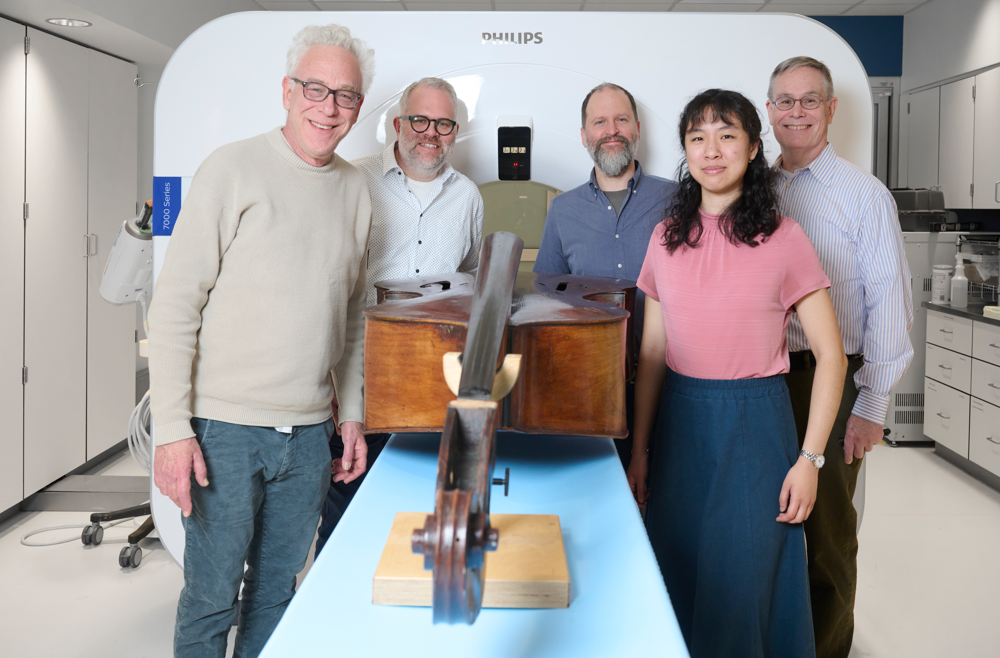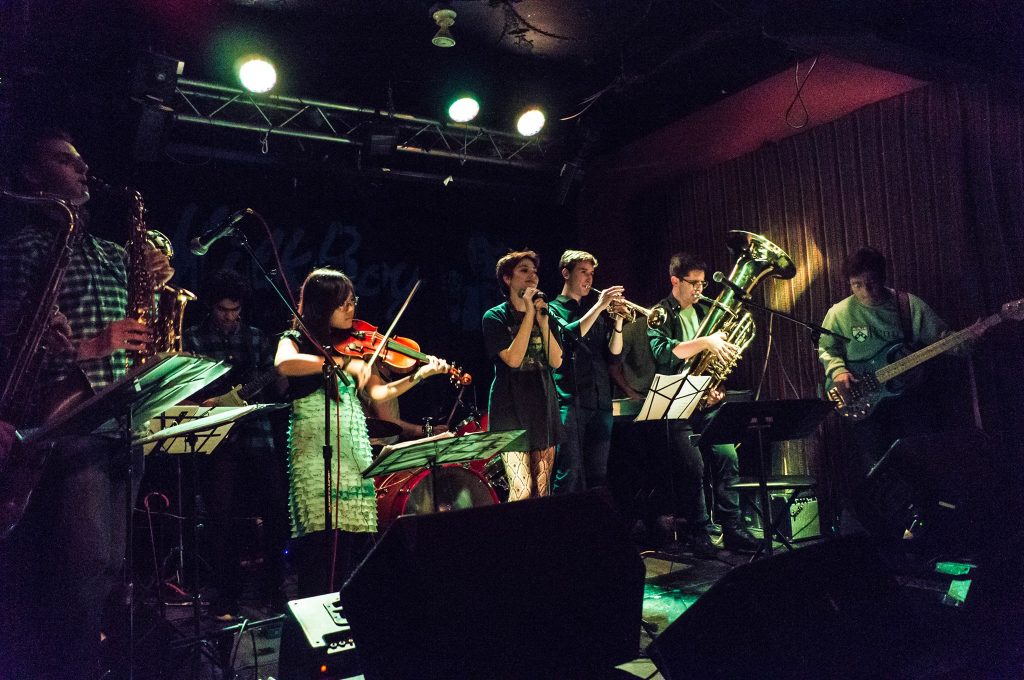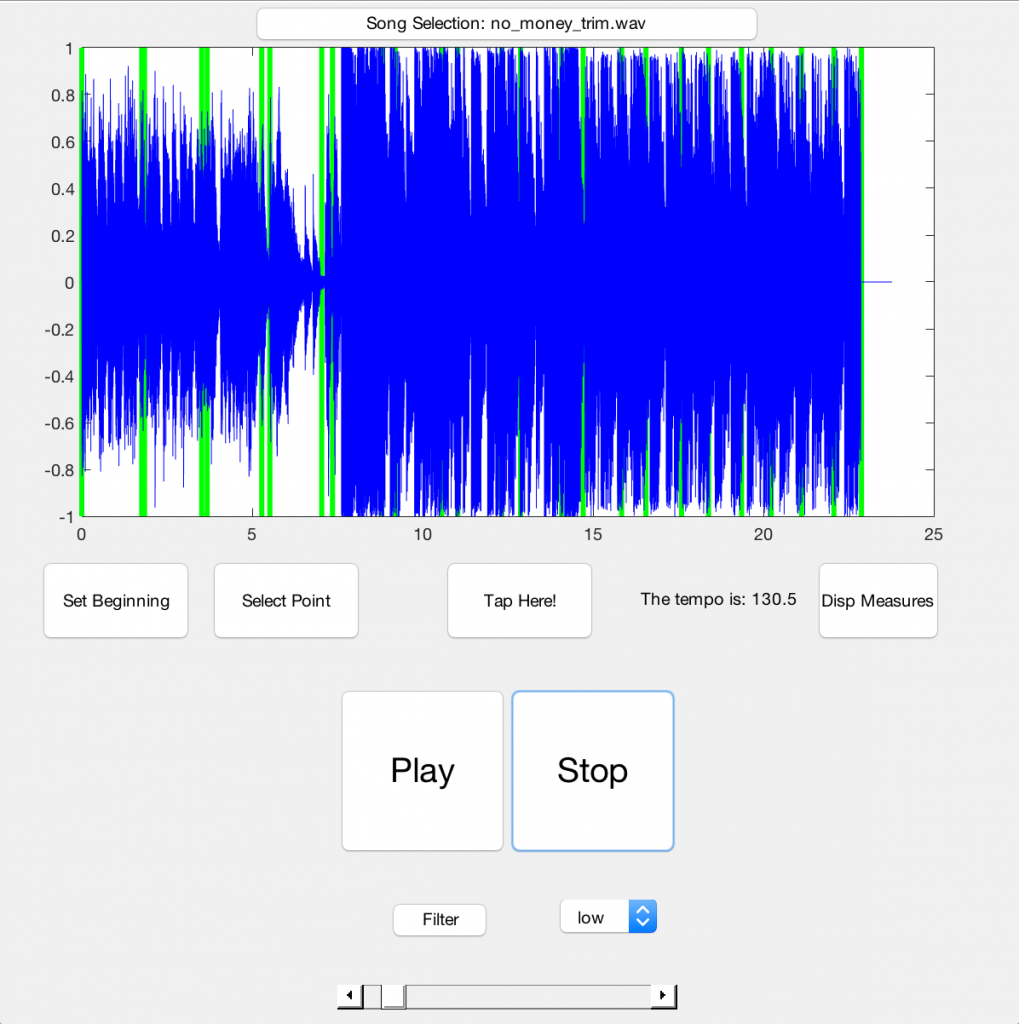by Darcy Lewis

When you’re an expert in medical CT imaging, two things are bound to happen, says Peter Noël, PhD, associate professor of Radiology and director of CT Research at the Perelman School of Medicine. One: You develop an insatiable curiosity about the inner workings of all kinds of objects, including those unrelated to your research. And two: Both colleagues and complete strangers will ask for your help in imaging a wide variety of unexpected items.
Over the course of his career, in between managing his own research projects, Noël has imaged diverse objects ranging from animal skulls to tree samples from a German forest, all in the name of furthering scientific knowledge. But none has intrigued him as much as his current extracurricular project: the first known attempt to perform CT imaging of some of the world’s finest string basses.
The goal is to crack the code on what makes a world-class instrument. This knowledge could both increase the ability to better care for masterworks built between the 17th and 19th centuries, as well as providing insights into refining the building of new ones, including possibly shifting from older, scarcer European wood to the use of sustainably harvested U.S. wood.
That’s why Noël and Leening Liu, a PhD student in Noël’s Laboratory of Advanced Computed Tomography Imaging, have found themselves volunteering to run the basses through a Penn CT scanner occasionally, when they’re not developing next-generation CT technology.
“We always learn something out of projects like this … the more appealing part is that medical research can also be applied to non-medical things,” Noël said. “We have the opportunity to take what we learn in medicine and use it for something else—in this case, moving the arts forward.”
Read the full story in Penn Medicine News.
Peter Noël is Assistant Professor of Radiology in the Perelman School of Medicine and member of the Penn Bioengineering Graduate Group.
Leening Liu is a Ph.D. student in Bioengineering. She is a member of the Laboratory for Advanced Tomography Imaging (LACTI) with research interests including clinical applications of spectral CT and spectral CT thermometry.


